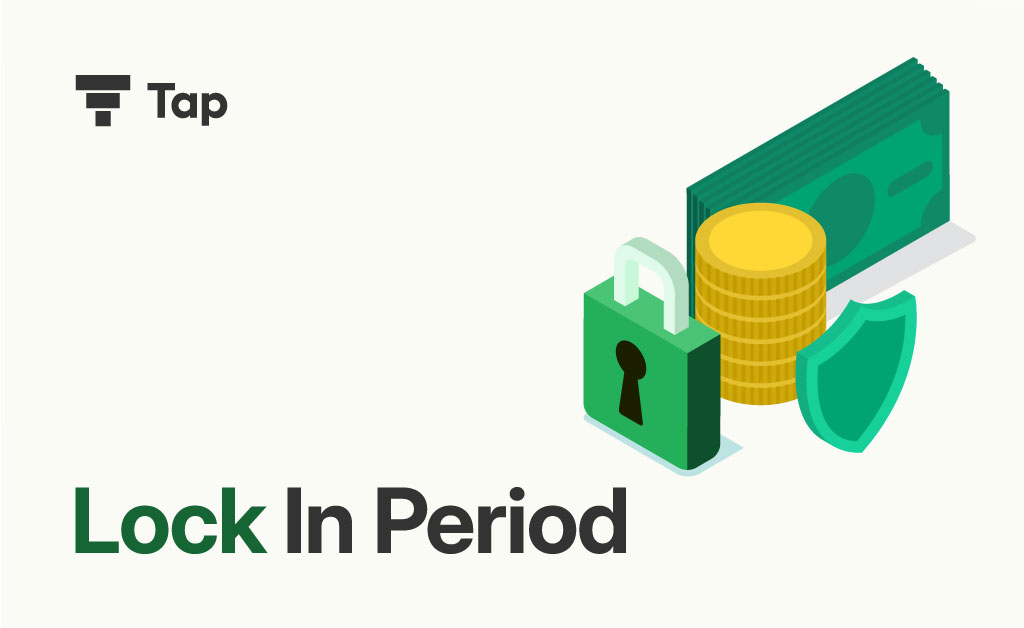Understanding Lock-in Period: Key Insights for Investors

Introduction
Investing is an essential part of financial planning, and understanding the various aspects of investment products is crucial for making informed decisions. One such aspect is the lock-in period, a term often encountered in the realm of investments. In this blog, we will explore the lock-in period, its meaning, and its implications for different investment products like NPS, SGB, and ELSS. By the end of this guide, you will have a clear understanding of what a lock-in period is and how it affects your investments.
What is a Lock-in Period?
Lock-in Period Meaning: The lock-in period refers to a predetermined duration during which an investor cannot withdraw or sell their investment. This period is set by the issuer of the investment product to ensure stability and to discourage short-term trading. The primary objective is to encourage long-term investment, which can lead to better returns and reduced market volatility.
Importance of Lock-in Period:
The lock-in period serves several purposes:
- Stability: It provides stability to the investment product by ensuring that investors remain committed for a specified duration.
- Discipline: It instills investment discipline among investors, encouraging them to stay invested and avoid impulsive decisions.
- Returns: Long-term investments often yield better returns, and the lock-in period helps investors capitalize on this potential.
Lock-in Period in Different Investment Products:
1. NPS (National Pension System) Lock-in Period
The National Pension System (NPS) is a retirement savings scheme that comes with its own lock-in period. The lock-in period for NPS extends until the investor reaches the age of 60. Partial withdrawals are allowed under specific conditions, but the primary corpus remains locked until retirement. This long lock-in period ensures that individuals save consistently for their retirement.
2. SGB (Sovereign Gold Bonds) Lock-in Period
Sovereign Gold Bonds (SGB) are government securities denominated in grams of gold. The lock-in period for SGB is 5 years, although the total tenure of the bond is 8 years. Investors have the option to exit after 5 years on the interest payment dates. This lock-in period ensures that the investors benefit from the long-term appreciation of gold prices.
3. ELSS (Equity Linked Savings Scheme) Lock-in Period
Equity Linked Savings Scheme (ELSS) is a type of mutual fund that offers tax benefits under Section 80C of the Income Tax Act. The lock-in period for ELSS is 3 years, the shortest among all tax-saving instruments. This lock-in period allows investors to potentially benefit from the equity market’s growth while enjoying tax deductions.
FAQs on Lock-in Period:
Q1: What is a lock-in period?
A: A lock-in period is a specified duration during which an investor cannot withdraw or sell their investment.
Q2: What is the lock-in period for NPS?
A: The lock-in period for NPS extends until the investor reaches the age of 60.
Q3: Can I exit SGB before the lock-in period ends?
A: Yes, investors can exit SGB after 5 years on the interest payment dates, although the total tenure is 8 years.
Q4: How long is the lock-in period for ELSS?
A: The lock-in period for ELSS is 3 years.
Q5: Why is there a lock-in period in investments?
A: The lock-in period ensures stability, encourages investment discipline, and often leads to better returns by promoting long-term investment.
Conclusion:
Understanding the lock-in period is crucial for making informed investment decisions. Different investment products have varying lock-in periods, each serving a specific purpose. Whether it’s the long-term commitment required by NPS, the stability offered by SGB, or the tax benefits of ELSS, the lock-in period plays a pivotal role in shaping your investment strategy. Ready to make informed investment decisions? Tap Invest offers a seamless platform to explore various investment products with detailed insights. Visit Tap Invest today and take the first step towards securing your financial future!
